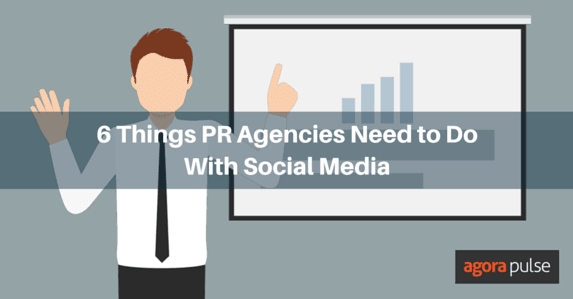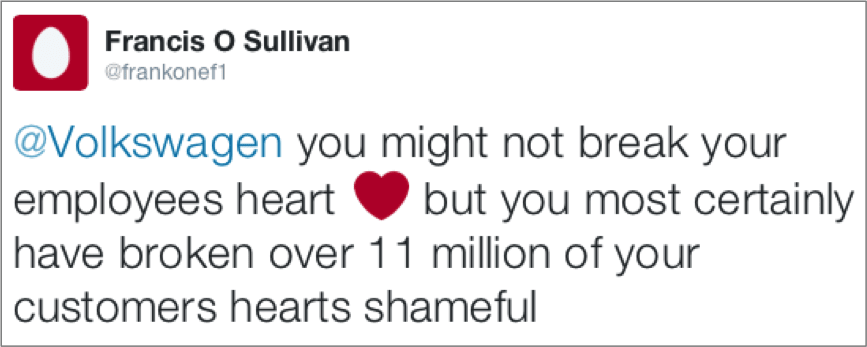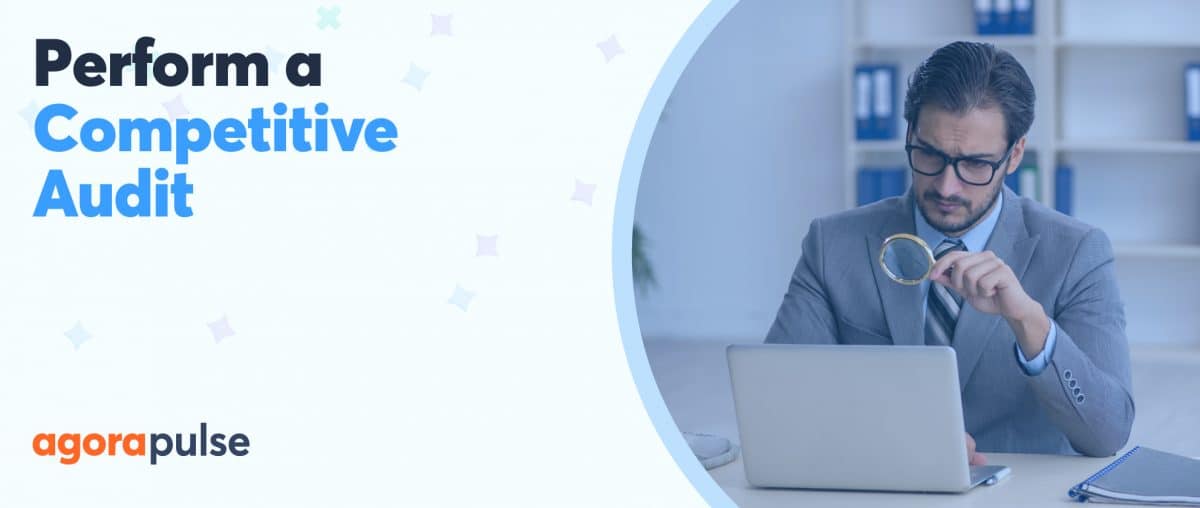Using social media effectively is essential for a good PR agency, especially for one about to add social media to its services for clients.
But before you start, you need to make sure these six things are happening (and sign up now for a free trial of Agorapulse to get started right away.)
- Listen to what your audience is saying.
- Create brand consistency.
- Understand the need for speed.
- Have a social media disaster plan in place.
- Be very careful with hashtags.
- Monitor social media ROI.
1. Just listen to what your audience is saying
Firstly, a great PR agency needs to do is listen to the public and gauge brand sentiment.
You can’t develop a PR strategy for a brand until you know what you’re dealing with after.
The best way to do this is to check for mentions on social media and via forums and threads.
Using services like Meltwater that monitor online mentions can be pricey but necessary, especially for larger brands. There are 2.1 million negative social mentions about brands in the U.S. alone every single day.
For bigger brands, you will need at least one person continually monitoring online mentions of your clients.

Notification of a Facebook mention. A tool like Agorapulse (seen above) can help you stay on top of managing comments.
Takeaway
You can monitor social sentiment using tools like Agorapulse where you can save hashtag searches specific to your clients’ markets.
Another great feature of Agorapulse is that it will provide you with a daily notification report so you can check all your social mentions in one go! (You can also set notifications to be pinged any time you have a new notification.)
Related Post: Social Media Management
2. Create brand consistency
Secondly, your brand image includes everything—from the color of its logo and font of the text right through to its brand voice on social media. A total of 45% of a brand’s image can be attributed to what it says and how it says it, advises BopDesign.
As a PR agency, it is your role to protect such brand consistency. Each of your clients has its own style. That translates to the way it posts and responds to clients on social media.
Take Coca-Cola, one of the most recognized logos and words in the world. Coca-Cola’s CEO plans to spend $4.3 billion during 2016 on brand-building initiatives!
Don’t think that “consistency” is boring, though, or that it will cramp your social media style. It paves the way for more impactful campaigns and certainly a greater social media following.
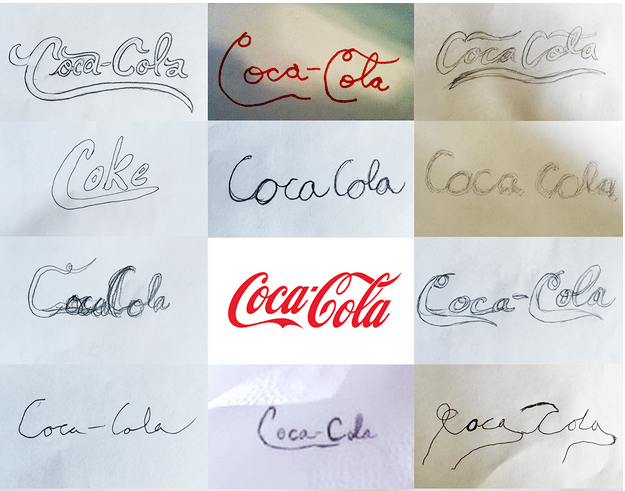
Coca-Cola brand recognition exercise by NorthStarMarketing
Takeaway
Branding matters. Create a basic style guide. Then communicate it to all social media managers before you start to work to ensure brand consistency.
Is your brand serious, humorous, cheeky, modern, or traditional? Will you use emojis in social media responses? Do you want to post “behind-the-scenes” photos or keep it strictly business? English or American spelling? Avoid mixed messages and a confused brand voice on social media.
3. Understand the need for speed
PR agencies know that speed is everything when it comes to pitching to journalists and producing content. On social media, the pace is even faster with 42% of users expecting a response within 60 minutes rising to 72% if it’s a complaint.
Failure to respond quickly can result in a rapid spread of dissatisfaction.
Although PR agencies need to stress the importance of social media communication to their clients, a poorly monitored platform can result in a social media meltdown.
PR agencies should be very clear about what is/isn’t covered in the terms of the agreement. Social media monitoring is not the same as social media management.
Next, if you are not responding to clients via social media, then someone else should. Social media is not just about posting updates, it’s about responding to comments, complaints, and suggestions plus in many cases just saying “hi” to fans.
Takeaway
By using a social media management tool like Agorapulse, though, PR agencies easily access all their social mentions via one easy dashboard, therefore, speeding up their response time and collating data at the same time.
4. Have a social media disaster plan in place
Social media doesn’t always play by the rules when it comes to disasters so the chances are that yours will erupt out of hours whilst you, martini in hand, celebrate another winning day in the office! (Murphy’s Law.)
Social media PR disasters spread like wildfire as last year’s Volkswagen scandal indicated. On September 18, the news about inaccurate emissions tests was published. The first tweet was posted at 8:49 a.m. quickly followed by 53k+ tweets just on that day!
Over the weekend, the news picked up momentum, generating more than 1.3 million tweets over the next week and averaging more than 8,000 new tweets per hour. Unfortunately, that was 100K more tweets per day than the company was used to receiving!
Think about that number for a moment and ask yourself, as a PR agency, what would you do?
You must have a social media disaster plan in place to deal with a PR emergency.
Here are some of the items your plan should include:
- Increased monitoring of all social media channels
- Emergency telephone numbers and out-of-office emails
- Names of key decision-makers /spokespeople and stand-ins if they are away
- Which communication channels will be used to communicate
- A database of additional social media staff to pull in for crisis handling
Takeaway
In conclusion, always prepare for the unexpected with a comprehensive disaster plan. For more tips on managing a social media crisis read our 5 Tips To Save Your Brand.
5. Be VERY careful with hashtags
Next, understand so many PR agencies come undone through ill-advised campaign hashtags.
By creating a hashtag for a product, campaign, or brand, you are giving users a platform upon which to communicate with you in full view of others. You’re drawing attention to your brand which is great … if you got it right.
There have been numerous hashtag fails in recent years, my favorite being singer Susan Boyle’s album party tag #susanalbumparty. Poor Susan!
However, if you get it really wrong like #AskSeaWorld, you could be in for a world of ongoing bad PR via social media. When controversial brand SeaWorld decided to encourage Twitter users to #AskSeaWorld in March 2015 they were probably not prepared for the onslaught they received.
Anti-SeaWorld campaigners took to Twitter with tweets like #AskSeaWorld, “Are your tanks filled with orca tears?” Today, thousands of Twitter users still use the hashtag—but certainly not for the reasons originally intended by SeaWorld’s PR team.
Takeaway
Social media spaces like the Twittersphere are not always yours to control. Once a hashtag is out there, it can remain forever! Catchy hashtags are great—however, you should always look at possible negative outcomes before you launch one.
Related Post: 3 Hashtag Search Tools That Are Crazy Easy to Use
6. Monitor social media ROI
Finally, as a PR agency, be aware of the ROI (return on investment) for your clients. If you are invoicing your clients at the end of each month, then you need to be able to show your activities throughout the month and the effect they have had on the company’s success.
The top three measures used by PR pros to show social media success are increased website traffic (64%), social media engagement (61%), and social media followers (59%). A detailed report may include fan growth, impressions, shares, campaign CTR (click-through rate), spending, and CPC (cost per click).
Here’s the thing, though. Most CEOs don’t want to spend hours trawling through pages of reports, and some of them still question the validity of social media as a marketing tool! That’s why your reports need to be concise, informative, and relevant to the goals of your company.
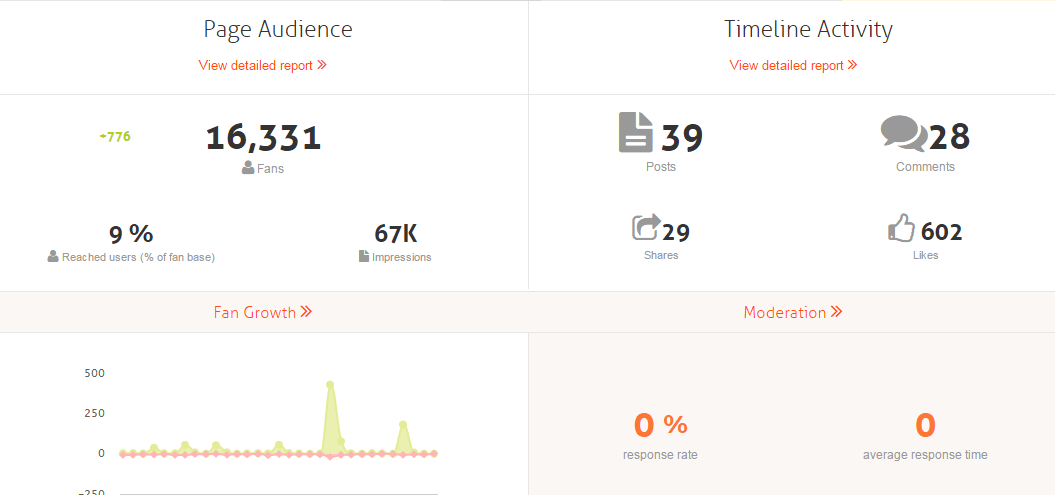
A Facebook report on Agorapulse
Takeaway
In conclusion, nobody has the time to hunt for figures on each social media network.
Use a reporting tool like the one available at Agorapulse to generate the reports for you. Not only are they accurate and informative—but they also look nice and have all the necessary graphs and charts that your boss will love!
